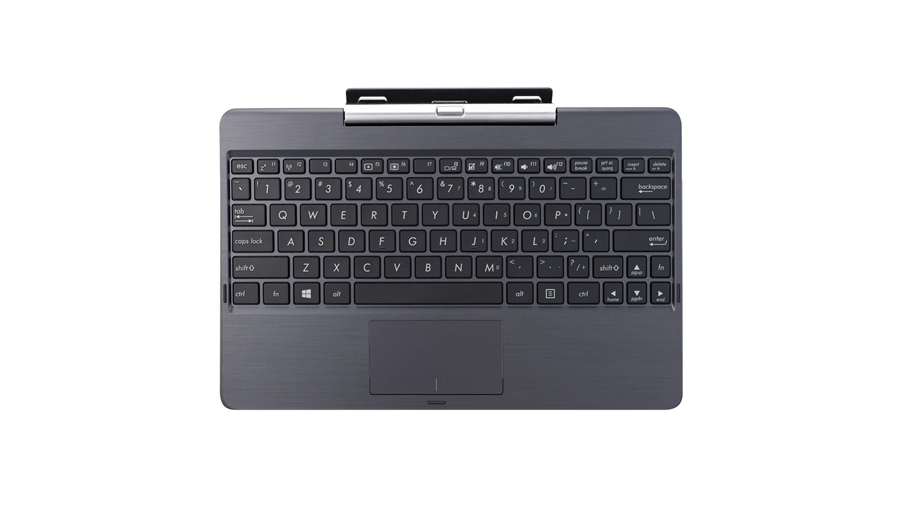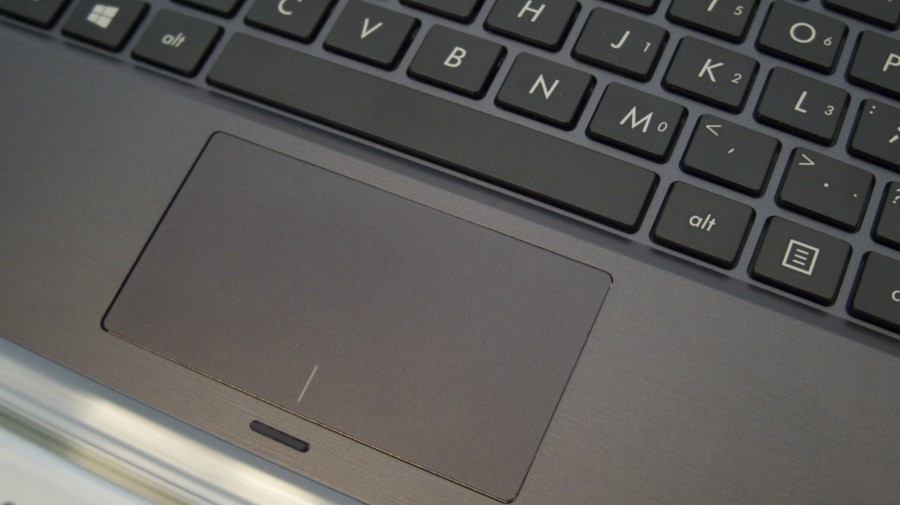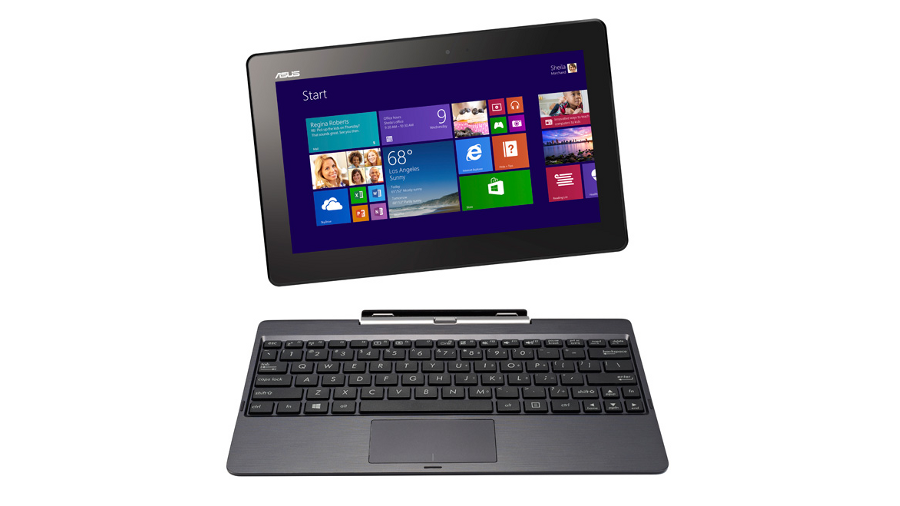Why you can trust TechRadar
The T100 is a light and nimble device that aims for versatility, so it's a shame that there's no onboard LTE. WiFi is limited to 5GHz 802.11n too, so there's no 802.11ac to be found here. That said, it held the connection reliably during our usage test.
As with the HP Chromebook 11, the T100 can charge via a microUSB cable that connects to the tablet part of the device, giving you an extra method of topping up juice on the move. That's in addition to a proprietary connector, though you won't find any difference between the two when it comes to charging times. Both are teeth-gnashingly slow, taking around six hours to reach full from depleted.
If charging time is the most important characteristic of a tablet, and you're prepared to put up with the limitations of Windows RT, Nokia's Lumia 2520 is the undisputed leader in its category.

There's also a full-size USB port on the dock, which is welcome as it means you won't have to lug around a micro-USB adapter. Of course, you can use the inbuilt Bluetooth adapter to connect up accessories, but it makes your life much easier if you want to connect an external mouse or keyboard, or plug in a USB stick.
In the dock
As with previous Transformer devices, the T100 comes with its own keyboard dock that clips into the tablet to provide laptop-style functionality. I'm a fan of keyboards that are designed to be used with specific tablets - there's nothing worse than when a device has to be paired with a mismatched, third-party Bluetooth-powered folio case. It just kills the experience.

The T100's keyboard will leave document warriors disappointed. Its keys provide adequate travel, but they're on the small size - around three quarters the size of those on a full-size QWERTY keyboard. It doesn't help that you have to rest your wrists on the ridge above the trackpad when typing, which makes for an uncomfortable and unnatural hand posture.
Is it better than typing on the tablet's on-screen keyboard? Undoubtedly, and the experience beat that of using Microsoft's Surface 2 Touch Keyboard Cover too, but you won't be wanting to use it for anything more taxing than posting social media updates and light document editing.
Sign up to the TechRadar Pro newsletter to get all the top news, opinion, features and guidance your business needs to succeed!
It's a clear compromise to keep the size of the tablet down and leaves me wondering whether Asus would have been better off making the T100 a 10.6-inch tablet like the Surface, which would have allowed it to make the keyboard roomier, if slightly less portable.

The trackpad isn't up to much either - it's plenty responsive and can be tuned to your liking through settings in Windows, but its left and right buttons are unusually loud and emit a cheap-sounding click when pressed.
It's not the worst trackpad I've glided my fingers across (it doesn't tend to stick like the one on the HP Chromebook 11, for a start), but it's nothing to get excited over. Plus there's a workaround on offer if you're prepared to hook up a USB or bluetooth keyboard and mouse.
On the plus side, Asus has chosen not to include a battery in the keyboard to keep costs and weight down (it already has stellar battery life - more on that shortly) and attaching and removing it from the tablet part of the device is as easy as pressing down the release button in the middle of the upper ridge. I like the idea of a battery-powered keyboard dock, and one with an improved trackpad in the future would be welcomed.

